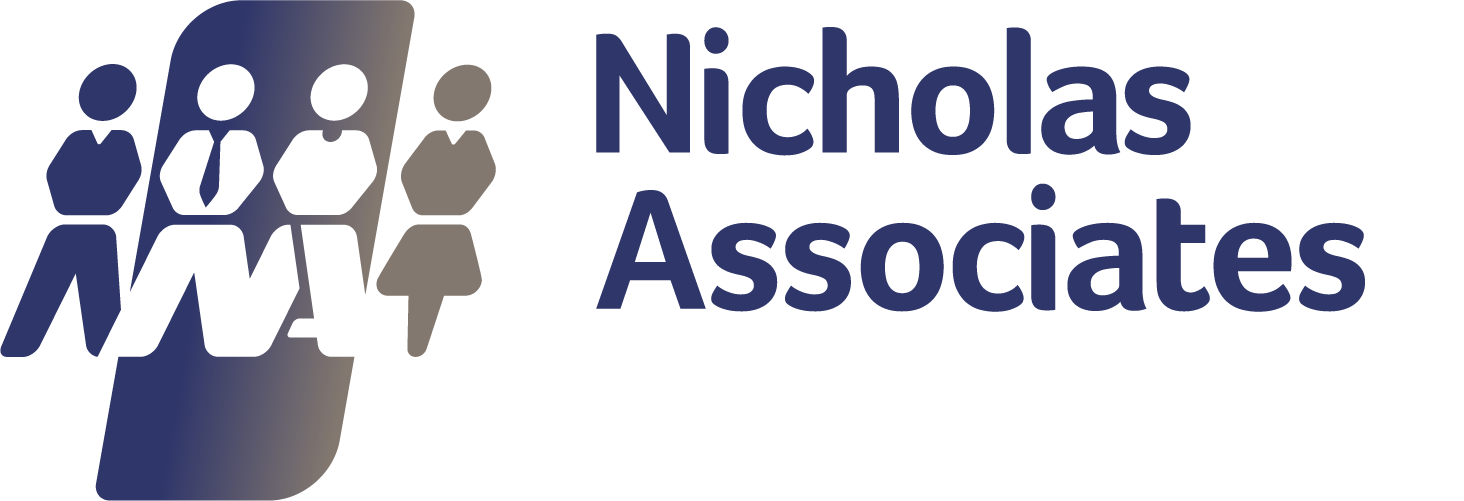Welcome Back the COVID-19 SSP Rebate Scheme - Guest Article by Ian Holloway
On 21 December 2021, the Chancellor of the Exchequer announced that the Statutory Sick Pay Rebate scheme (SSPRS) would return in response to the rise of the Covid-19 Omicron variant. The SSPRS is the scheme where an eligible employer can reclaim up to two weeks’ worth of Statutory Sick Pay (SSP) where the absence is Covid-19-related.
Employers should be aware that the word absence does not mean that the employee has to be physically sick from Covid-19. Legislation made under the Coronavirus Act 2020 (the CVA) added to the lost of people deemed incapable of working under the contract of employment to include those, for example, that are required to self-isolate.
The (Coronavirus) Statutory Sick Pay Rebate Scheme (2)
The Legislation
The Statutory Sick Pay (Coronavirus) (Funding of Employers’ Liabilities) Regulations 2022 in Great Britain and The Statutory Sick Pay (Coronavirus) (Funding of Employers’ Liabilities) (Northern Ireland) Regulations 2022 both day that the SSPRS is effective for days of incapacity for work occurring on or after 21 December 2021.
Importantly, these pieces of secondary legislation are both made under the UK-wide Coronavirus Act 2020. This Act is due to expire itself at midnight on 24 March 2022, taking with it any secondary legislation made under it.
The Scheme
Purpose
The temporary scheme is re-introduced to refund eligible employers up to 14 days SSP. This is 14 days per employee with the maximum refund for an eligible employee being £192.70. This is, simply, 2 weeks of SSP that is payable at £96.35 per week.
From Day 0
The SSPRS effective 21 December 2021 is similar to the old scheme which closed on 30 September 2021. This also allowed a maximum reclaim of 2 weeks SSP per employee. So, for the purposes of this article, I have named them SSPRS (1) and SSPRS (2).
However, it is important for employers and individuals to recognise that SSPRS (2) does not need to consider any SSP days that were claimed under SSPRS (1). The maximum days claim has been reset to zero.
SSPRS (2) Duration
As above, SSPRS (2) applies for periods of Covid-related absence from 21 December 2021 onwards. For SSP eligibility, the employee must meet the usual criteria such as forming the Period of Incapacity for Work (PIW), giving the correct notice and earning at or above the weekly Lower Earnings Limit for National Insurance Contributions
A point to look out for when HMRC update their guidance is the line in both Regulations which says:
‘A claim may not be made after the end of 24th March 2022’
Unlike SSPRS (1), which closed on 30 September 2021 but had an extended claim deadline until 31 December 2021, SSPRS (2) does not have such an extended deadline. The implication here is that an employer may have to halt the processing of the March 2022 payroll in order to meet the 24 March 2022 claim deadline.
Do look for this to change, as it is totally unacceptable and unworkable that employers have to make the claim during the middle of payroll processing when actual SSP paid values may not be known.
An Eligible Employer
Like everything, whether or not an employer can claim under SSPRS (2) comes down to eligibility criteria Both the legislation and HMRC’s factsheet say:
- The employer must be UK-based. Further, an employer must consider all other employers that may be ‘connected’, i.e. the same connection rules that apply for eligibility for the Employment Allowance. In this regard, see Part 1 of Schedule 1 in the National Insurance Act 2014
- As per the factsheet, the PAYE scheme (or schemes for connected employers) must have been created and started on or before 30 November 2021. Whilst this is not specified in the legislation, the word ‘started’ means HMRC must have received at least one valid Real Time Information submission containing employees on or before this date
- There were less than 250 employees on 30 November 2021 across all PAYE schemes for the employer, and
Also note that the factsheet says that the employer must ‘have already paid their employees’ COVID-related SSP’. The condition that the employer must have already made the SSP payment is not reflected in the legislation.
See also the section (2) which says that the employer must not have been ‘in difficulty’ as of 31 December 2021.
Simply, however, we are talking about the smaller employer and the valuable 2 weeks SSP payment that otherwise would have been an employer cost. Yet, this employer must not have been ‘in difficulty’.
Claiming
Employers will be able to make a claim from mid-January 2022 onwards. As with SSPRS (1), employers will use their existing Government Gateway credentials to access the digital service.
Record-Keeping
Like SSPRS (1), the employer is required to keep records for 3 years after the date they receive the payment for their claim for compliance purposes:
- The dates the employee was off sick
- Which of those dates were qualifying days
- The reason they said they were off work due to Covid-19, and
- The employee’s National Insurance number
Don’t Forget the Suspension of Waiting Days
Do remember that The Statutory Sick Pay (Coronavirus) (Suspension of Waiting Days and General Amendment) Regulations 2020’ and Northern Ireland equivalent prescribe that employees in receipt of COVID SSP can receive this from day 1 without having to serve the usual 3 Waiting Days.
However, these suspension powers were also made under the 2020 Act which expires at midnight on 24 March 2022.

Ian has been in the payroll profession for over 30 years, processing payrolls from all sectors, large and small. He moved from hands-on exposure in 2011 to become involved in educating the profession. His wide-ranging experience and up-to-date knowledge ensured he was able to impart this information to UK professionals through course material, social media, newsletters and face-to-face presentations.
Today Ian combines both these and is involved with a vital aspect of the payroll environment, that of working with the software that actually does a lot of the hard work for the profession.
Ian approaches education and communication very much from the perspective of how this will impact the software, the employer and the worker. So, whilst the legislation is vital, compliance and effective communication are paramount.
Connect with Ian on LinkedIn.




